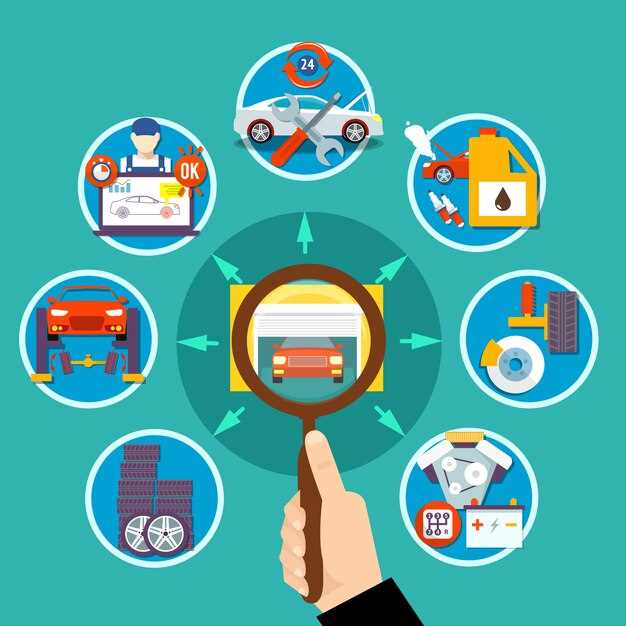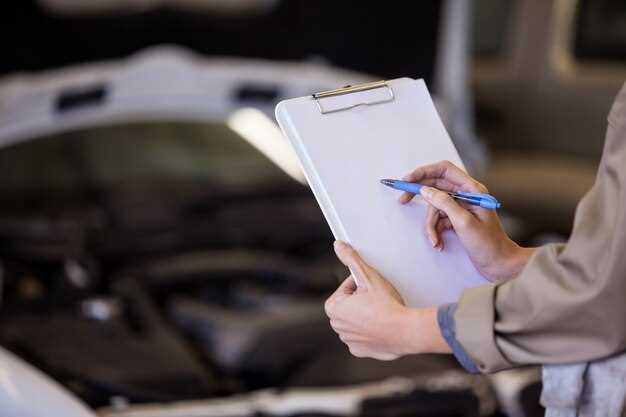
The process of obtaining a collision repair estimate can often seem daunting for vehicle owners. Understanding the factors that contribute to these estimates is crucial for making informed decisions regarding repairs and insurance claims. Collision repair estimates are not arbitrary figures; they are calculated based on various elements that reflect the extent of damage and the necessary repairs.
One of the primary components of a collision repair estimate is the assessment of the vehicle’s damage. This includes identifying the specific areas affected, the type and extent of the damage, and whether any underlying components have been compromised. Technicians use advanced diagnostic tools and software to provide a detailed breakdown of the repairs needed, which ultimately influences the final estimate.
In addition to the damage assessment, labor costs, parts pricing, and shop overhead all play significant roles in the calculation of collision repair estimates. Different repair facilities may have varying labor rates based on their expertise and location, while parts prices can fluctuate depending on availability and manufacturer. Understanding these factors can help vehicle owners grasp the overall cost associated with repairing their vehicle after a collision.
Moreover, the estimates provided often include considerations for additional services, such as paintwork and refinishing, which can also affect the total cost. By comprehensively examining each aspect of the repair estimate, vehicle owners can navigate the complexities of collision repairs with greater clarity and confidence.
Factors Influencing Labor Costs in Collision Repair Estimates

Labor costs represent a significant portion of collision repair estimates, and various factors contribute to their determination. Understanding these factors can help customers make informed decisions and manage their repair expenses effectively.
One primary factor influencing labor costs is the complexity of the repair. More intricate repairs, such as those involving advanced technology or structural damage, require specialized skills and more time. Skilled technicians are necessary to navigate the intricate electronic systems, alignments, or frame repairs, all of which can drive up labor expenses.
Another factor is the geographic location of the repair shop. Labor rates can vary significantly by region, reflecting the local economy and cost of living. Urban areas often have higher labor rates due to higher overhead costs, while rural areas may offer more competitive pricing.
The experience and qualifications of the technicians also play a crucial role in determining labor costs. Shops employing certified or highly experienced technicians may charge higher rates due to their expertise, which can lead to higher-quality repairs and reduced likelihood of subsequent issues.
Time efficiency is an important consideration as well. Efficient shops that use modern tools and techniques can complete repairs faster, potentially decreasing overall labor costs. However, if a shop has a backlog of work or understaffing issues, repair times may extend, increasing the labor costs for the customer.
Finally, the type of insurance coverage can influence labor costs in collision repairs. Some insurance policies dictate labor rates and may not cover costs associated with high-end materials or specialized techniques. Understanding insurance stipulations can help customers anticipate potential labor charges and make necessary arrangements for out-of-pocket expenses.
In summary, labor costs in collision repair estimates are influenced by various factors including repair complexity, geographic location, technician experience, efficiency of operations, and insurance coverage. A comprehensive understanding of these variables can help customers navigate the repair process more effectively.
Assessing Parts and Materials: A Breakdown of Their Impact on Total Estimates
When calculating collision repair estimates, a crucial factor to consider is the cost associated with parts and materials. These elements can significantly influence the overall financial projection for repairs. Understanding their impact allows for more accurate budgeting and efficient planning.
Types of Parts
Collision repairs often necessitate the replacement of various types of parts, which can be categorized into three main groups: original equipment manufacturer (OEM) parts, aftermarket parts, and used parts. OEM parts are typically more expensive as they are sourced directly from the vehicle’s manufacturer. They offer guaranteed quality and fit, vital for restoring the vehicle to its original condition. Aftermarket parts, produced by third parties, generally cost less but may vary in quality and compatibility. Used parts present an economical option, yet their reliability can be uncertain and may affect long-term vehicle performance.
Material Costs
The type of materials used in repairs also contributes to the total estimate. Metallic components may require additional labor and special tools for installation, increasing costs. Conversely, composite materials can offer cost savings due to lighter weights and easier handling, but their performance in collision situations can differ significantly. In addition, when dealing with materials such as paint, sealants, and adhesives, costs can accumulate quickly based on the quality and brand selected.
Labor Considerations
The choice of parts and materials directly affects labor costs as well. For instance, installing OEM parts may require technicians with specialized knowledge, while aftermarket or used parts might demand additional time for fitting and adjustments. This relationship between parts and labor can add another layer of complexity to the overall estimate.
Impact of Availability
Supply chain dynamics play a critical role in determining repair estimates. Delays in obtaining specific parts can lead to increased labor times, resulting in higher costs. Furthermore, fluctuations in material prices due to market conditions or changes in manufacturing protocols can affect estimates unpredictably. Repair shops must stay updated on these trends to provide accurate projections.
In conclusion, careful assessment of parts and materials is vital for creating precise collision repair estimates. This assessment not only influences direct costs but also impacts labor, availability, and the overall repair timeline. Understanding these factors enhances transparency and fosters trust between repair providers and their customers.
The Role of Insurance Assessments in Determining Repair Estimates

Insurance assessments play a pivotal role in the process of calculating collision repair estimates. When a vehicle is involved in an accident, the owner typically files a claim with their insurance company. An insurance adjuster is then assigned to evaluate the damage, and their assessment directly influences the repair estimates provided by auto body shops.
The assessment begins with a thorough inspection of the vehicle. The adjuster examines the exterior and interior damage, mechanical issues, and any underlying problems that may not be immediately visible. This comprehensive evaluation ensures that all necessary repairs are accounted for, which helps produce an accurate estimate of the repair costs.
During this process, the insurer utilizes specific industry standards and guidelines, such as those established by organizations like the National Auto Body Council, to determine fair and reasonable repair costs. They also rely on databases and software designed to generate estimates based on regional labor rates, parts pricing, and the cost of materials required for the repair. These tools provide a structured framework for pricing that is commonly accepted within the industry.
Additionally, the adjuster’s assessment must align with the coverage outlined in the policy the vehicle owner holds. Factors like deductibles, coverage limits, and liability can significantly affect the final repair costs that the insurance company is willing to cover. Understanding the nuances of the policy is crucial, as certain repairs may not be entirely covered, leading to discrepancies between the repair shop’s estimate and the amount an insurance company approves.
Once the assessment is completed, the insurance company generates a report detailing the estimated costs. This report is shared with the vehicle owner and the repair shop, providing a foundation for the repair estimate that the shop will create. Often, the shop will review the insurance assessment, discuss any discrepancies, and may negotiate with the insurer if they believe additional repairs are necessary based on their own evaluation.
In conclusion, insurance assessments are a critical element in the estimation of repair costs following a collision. The thorough examination, adherence to industry standards, and alignment with the insurance policy all contribute to a comprehensive understanding of the financial aspects of vehicle repairs. The synergy between insurance assessments and repair estimates ensures that vehicle owners receive fair compensation for the damages sustained in an accident.

